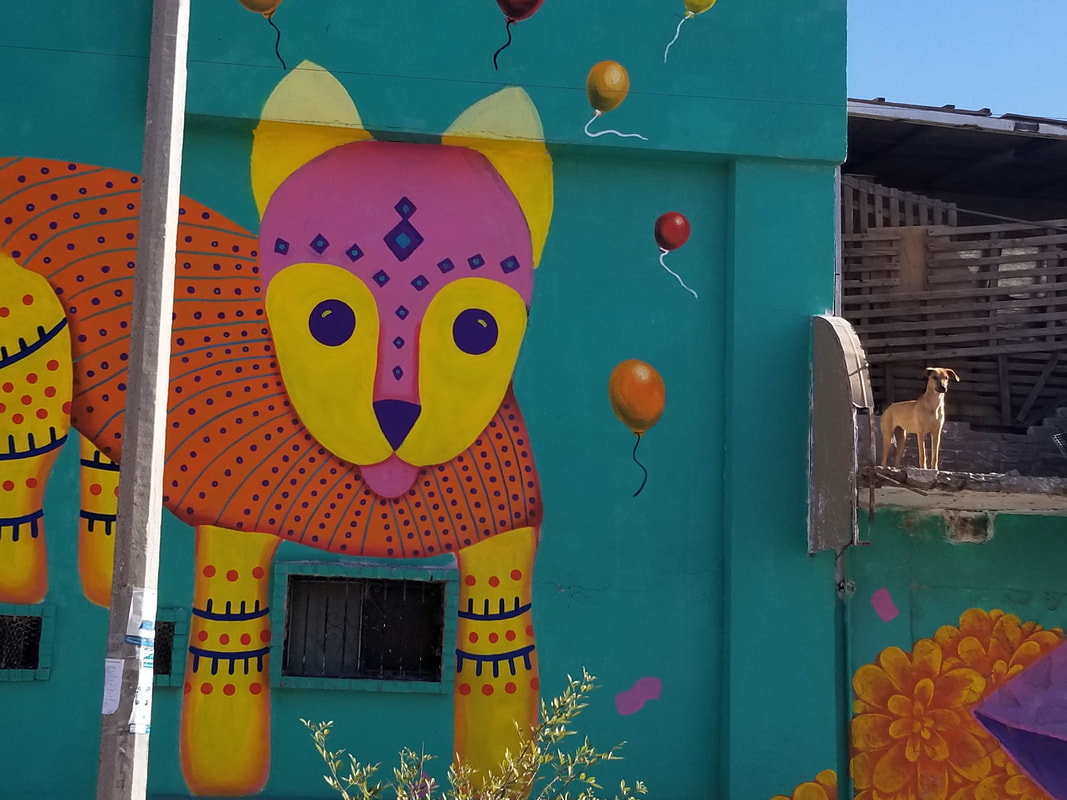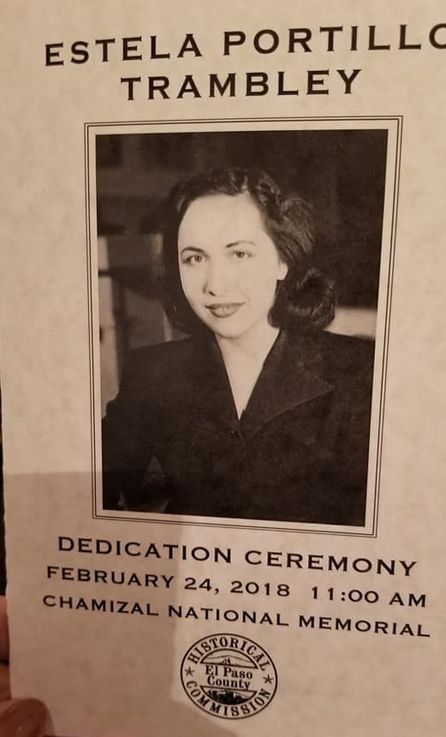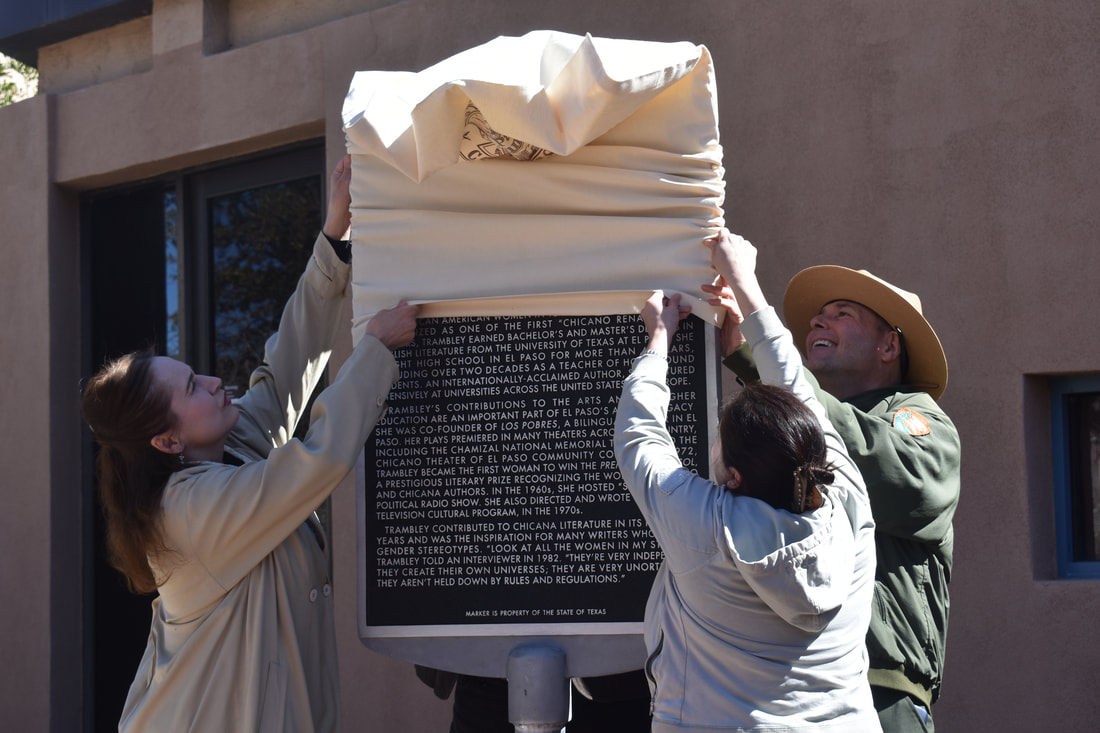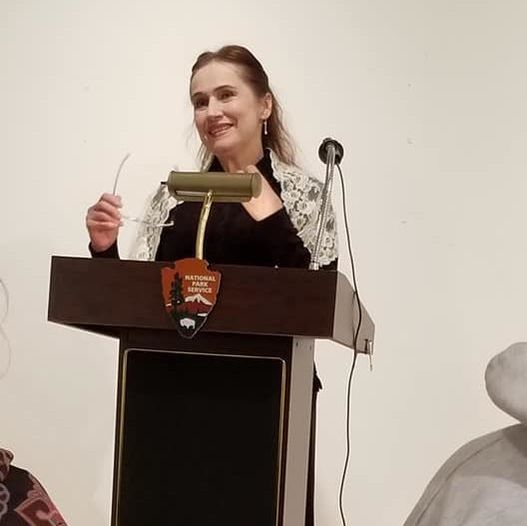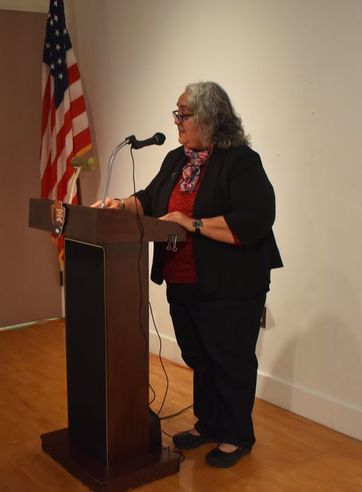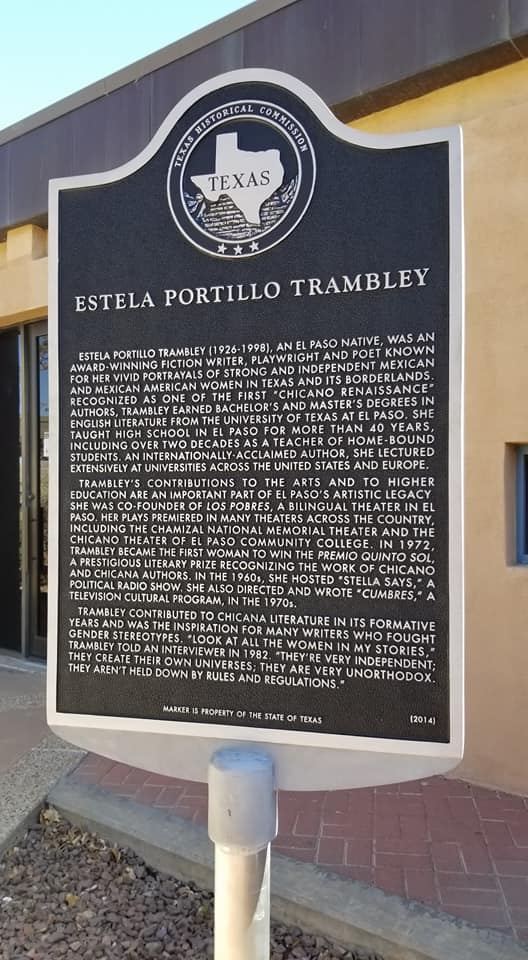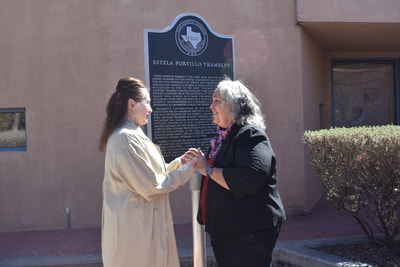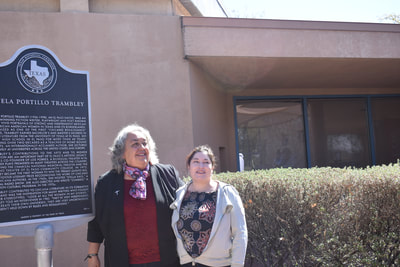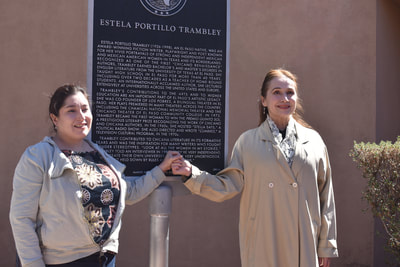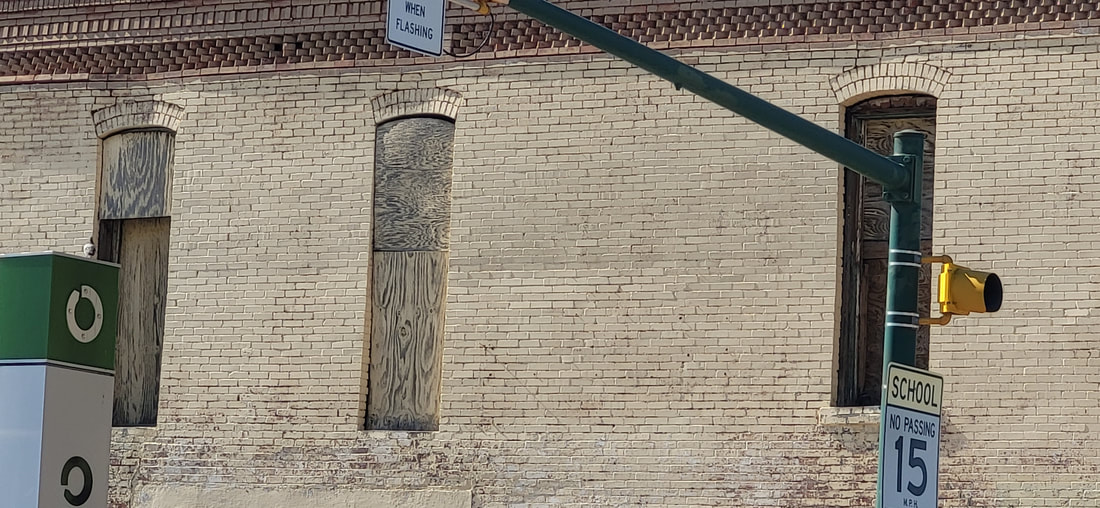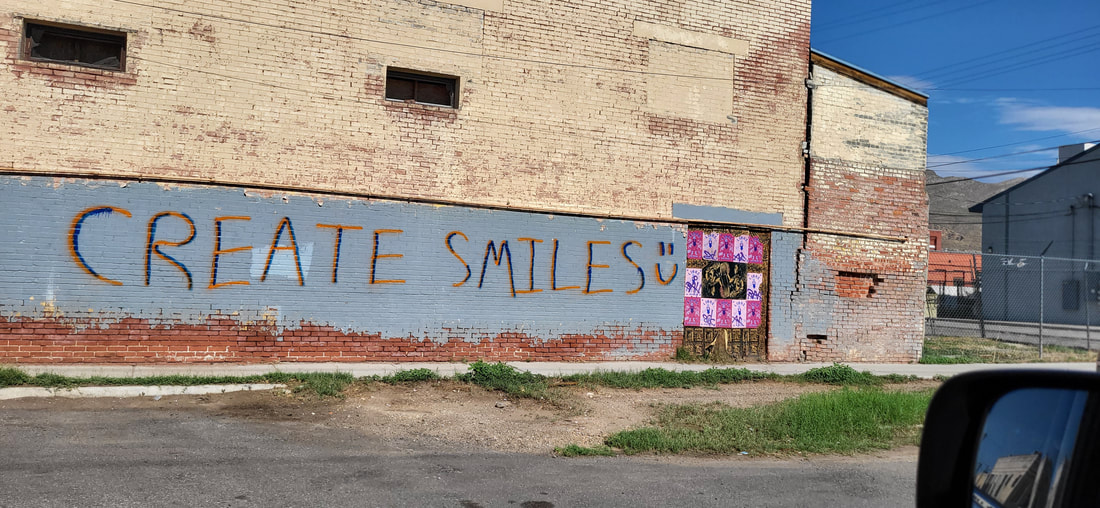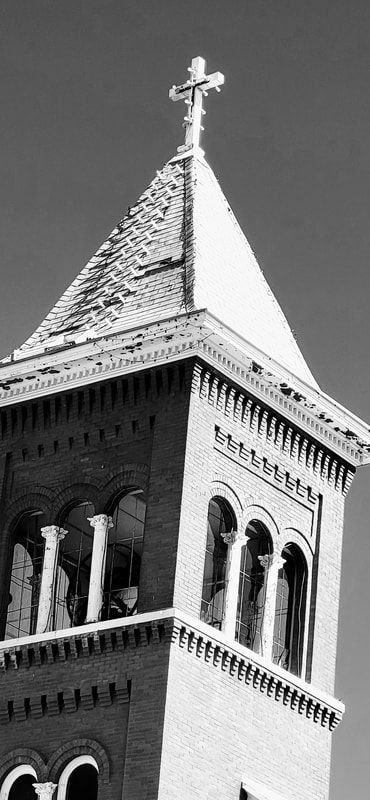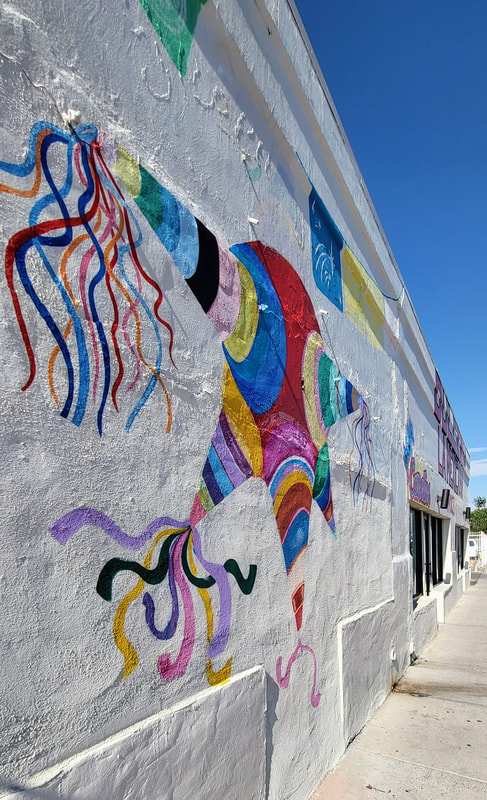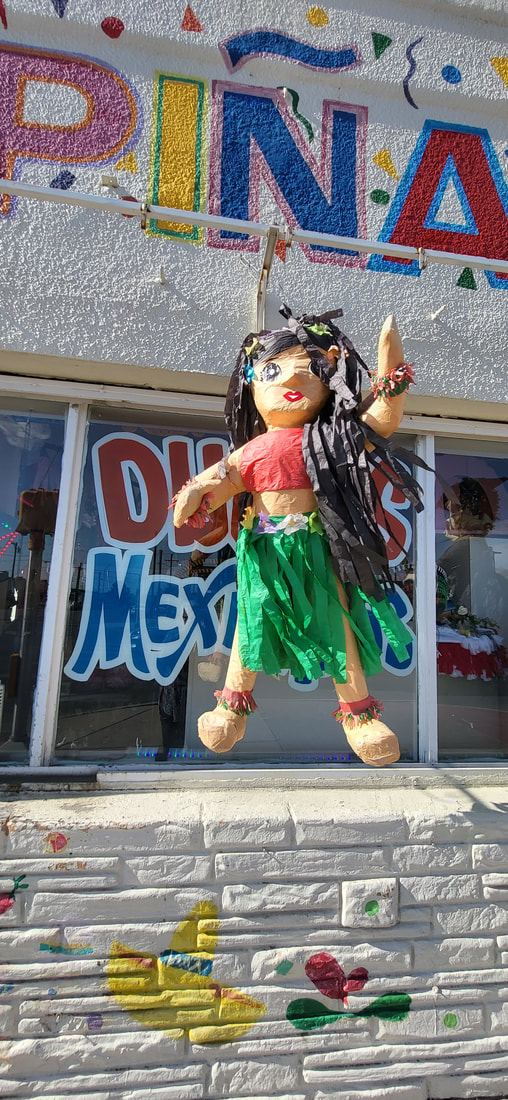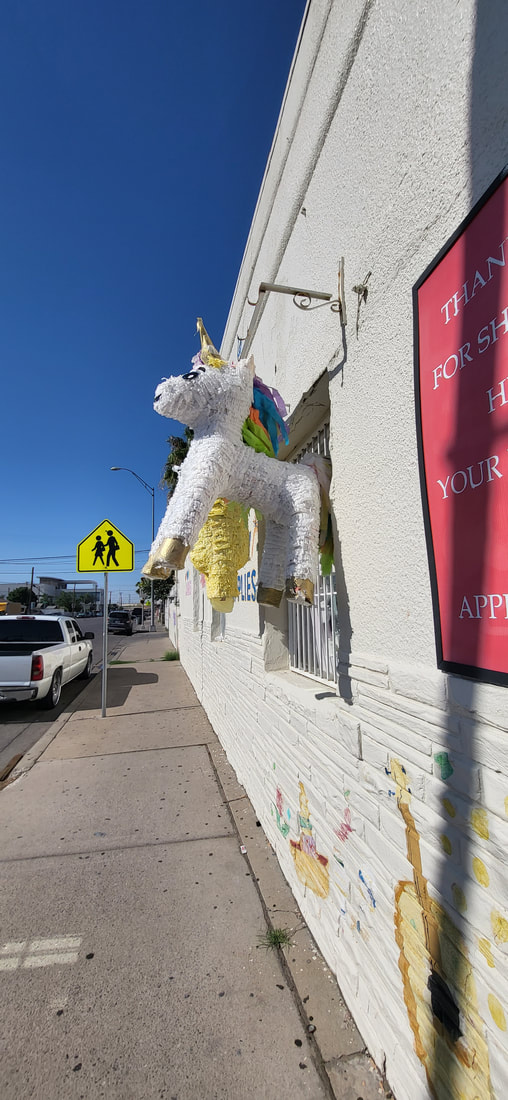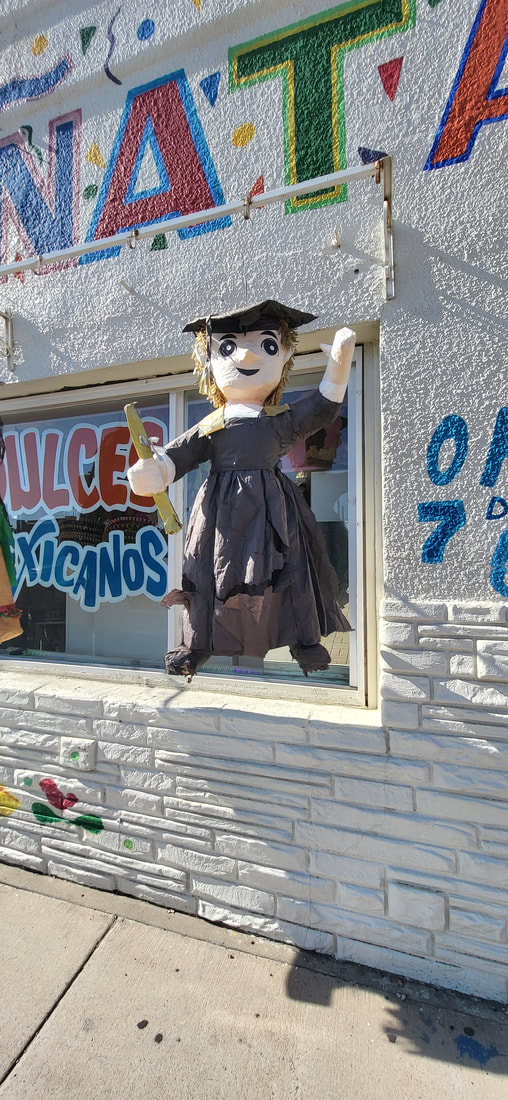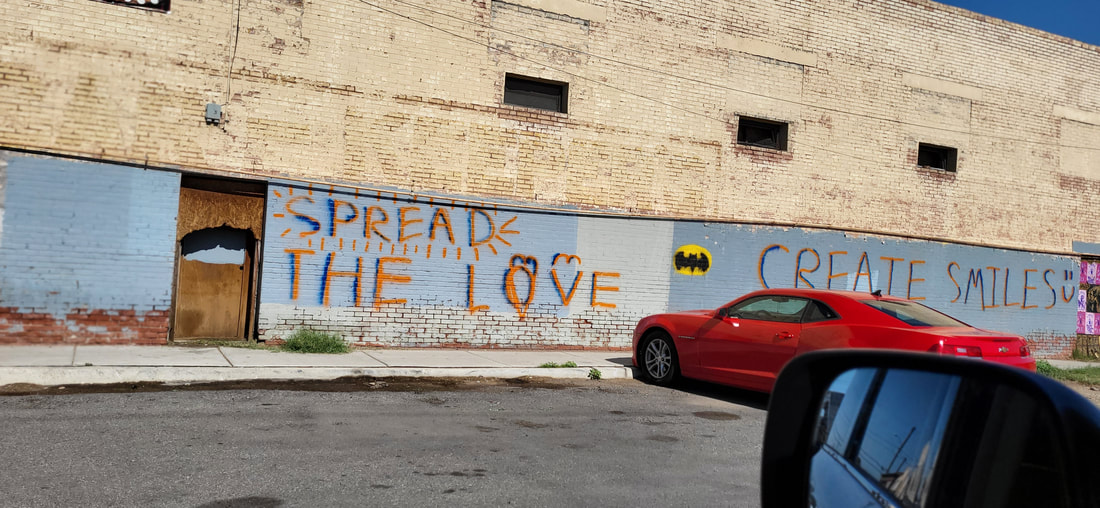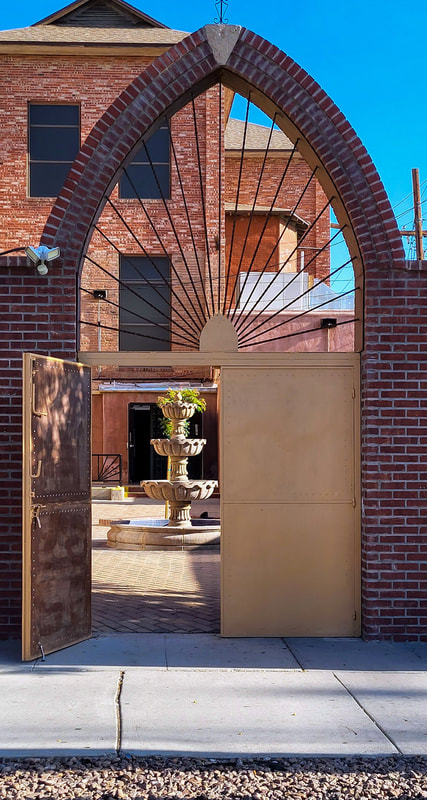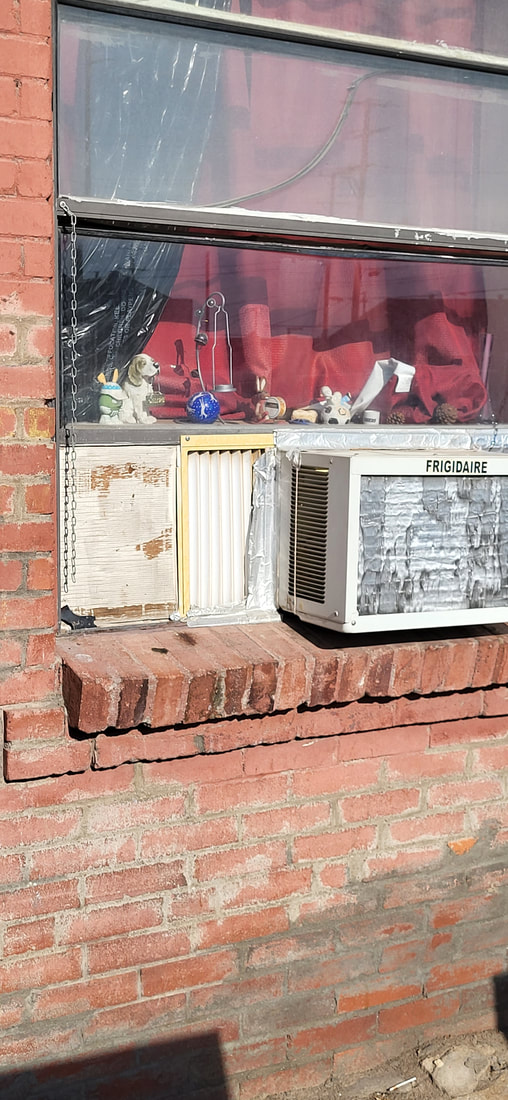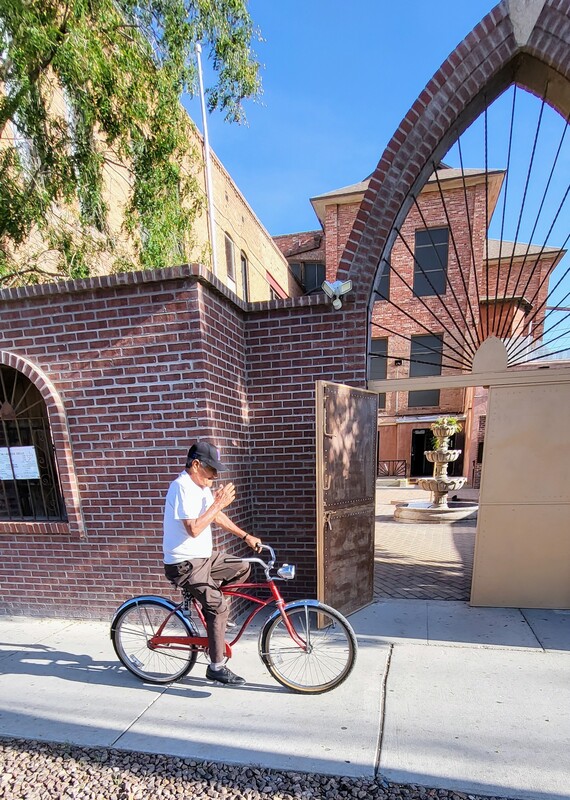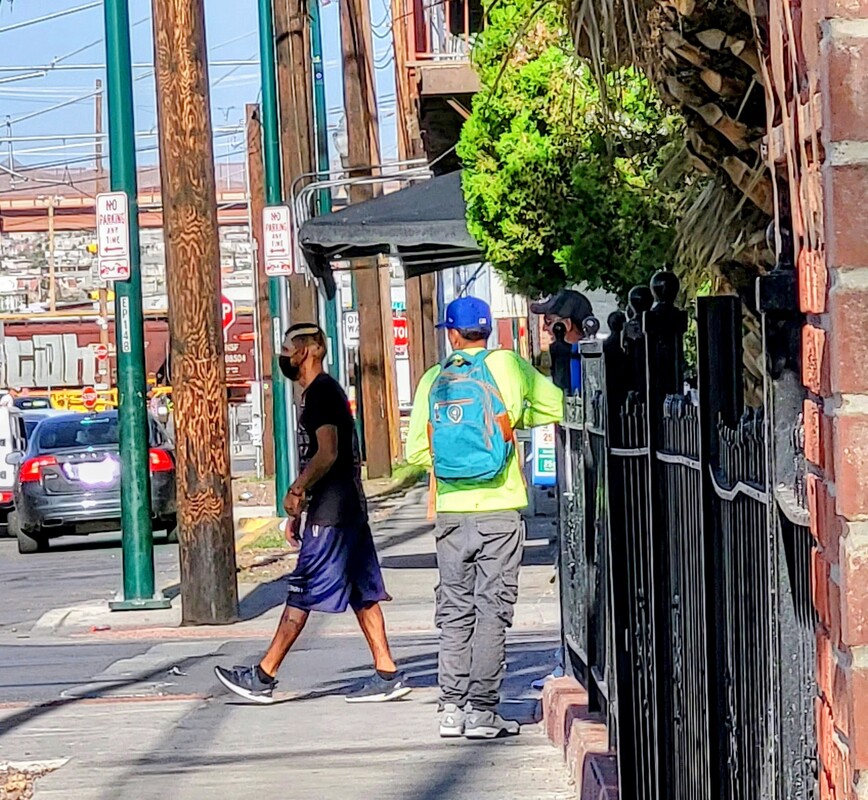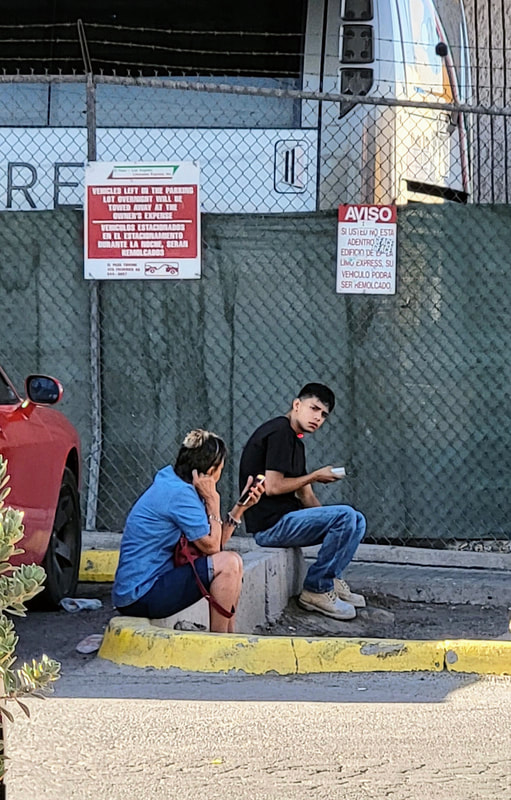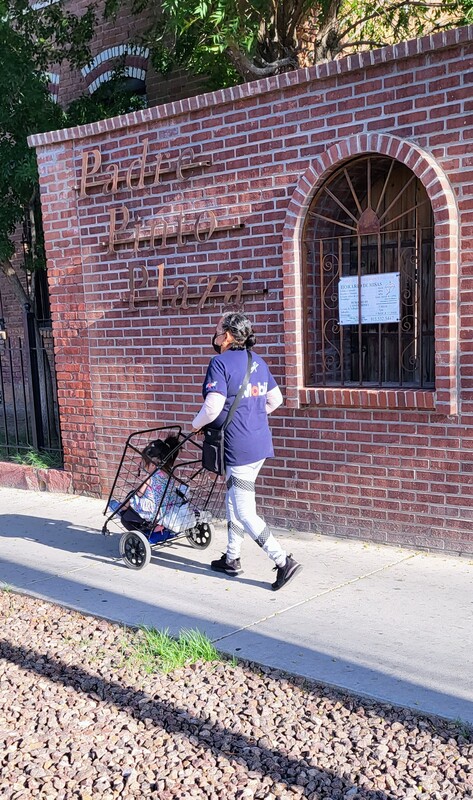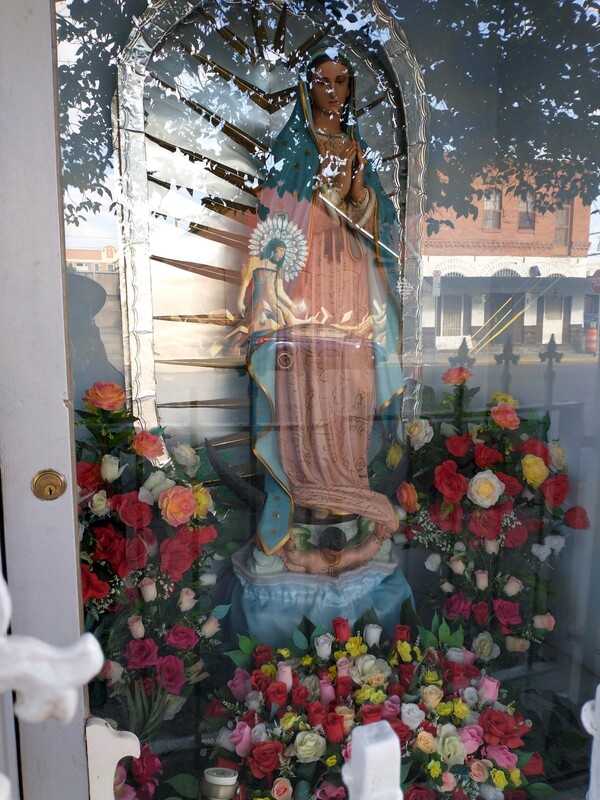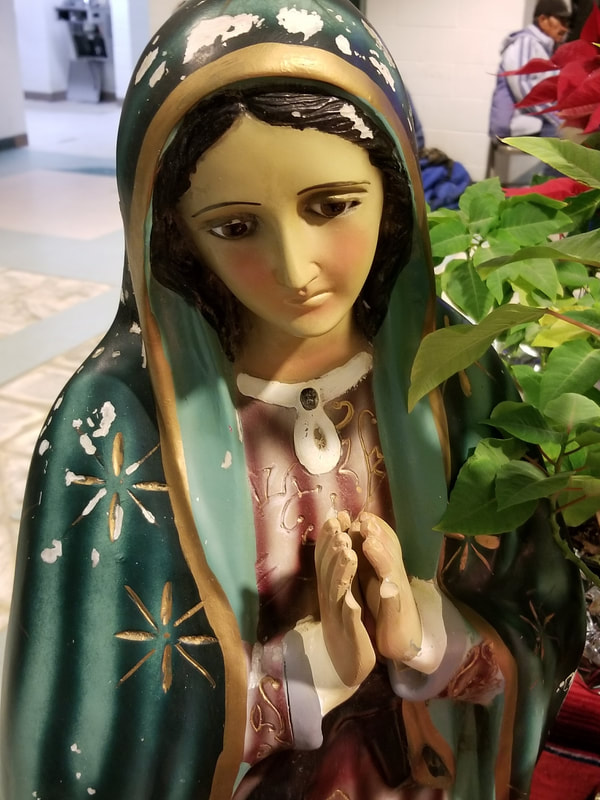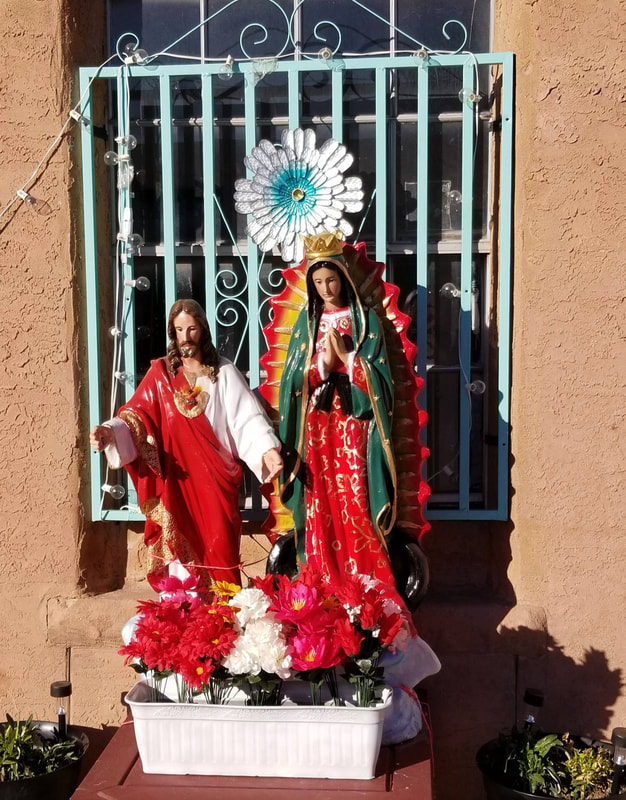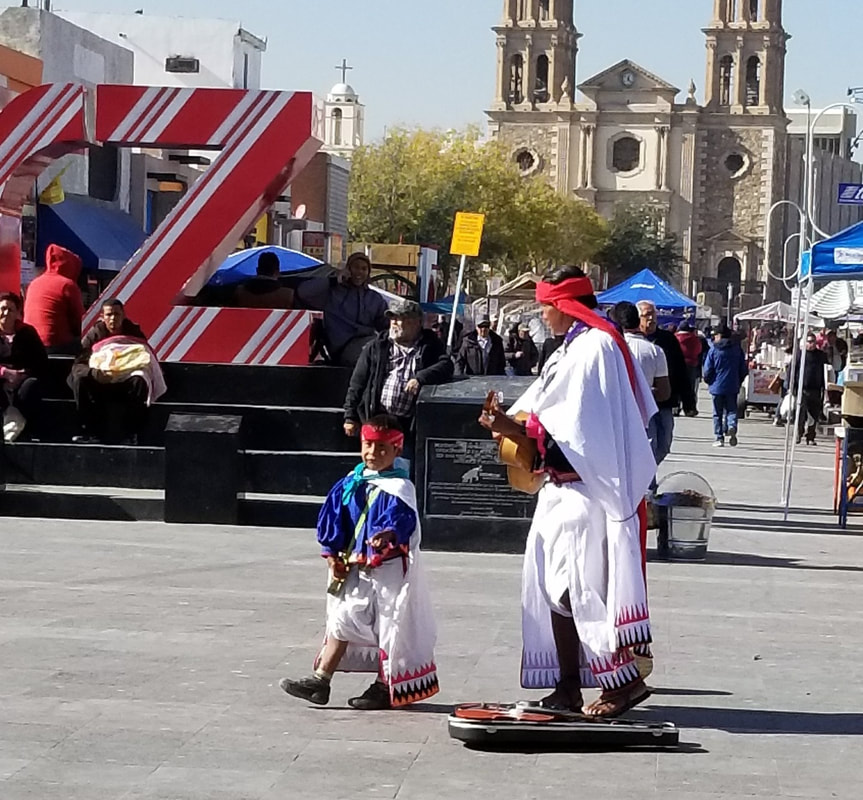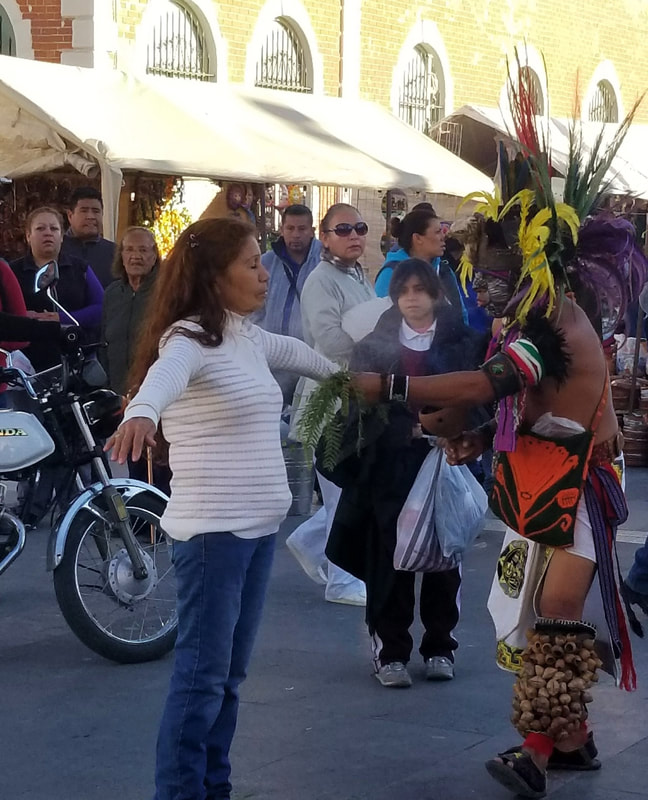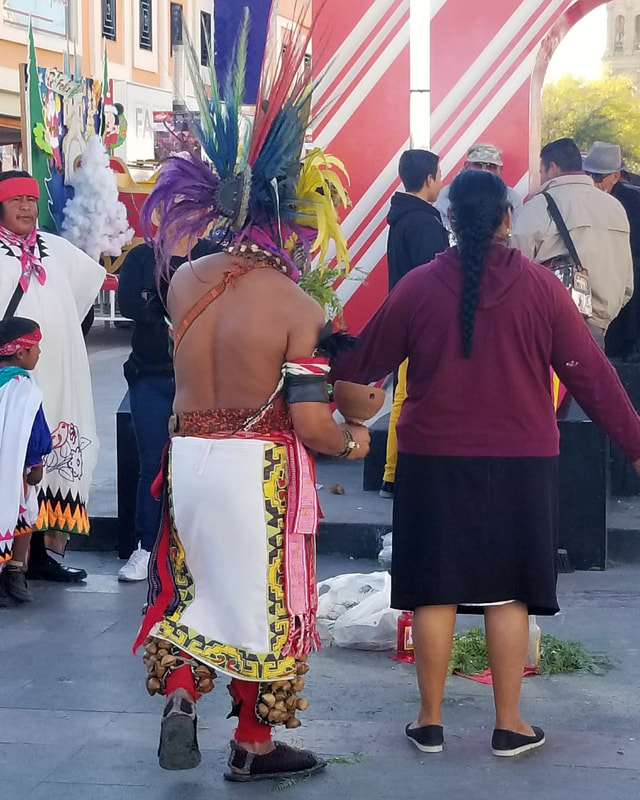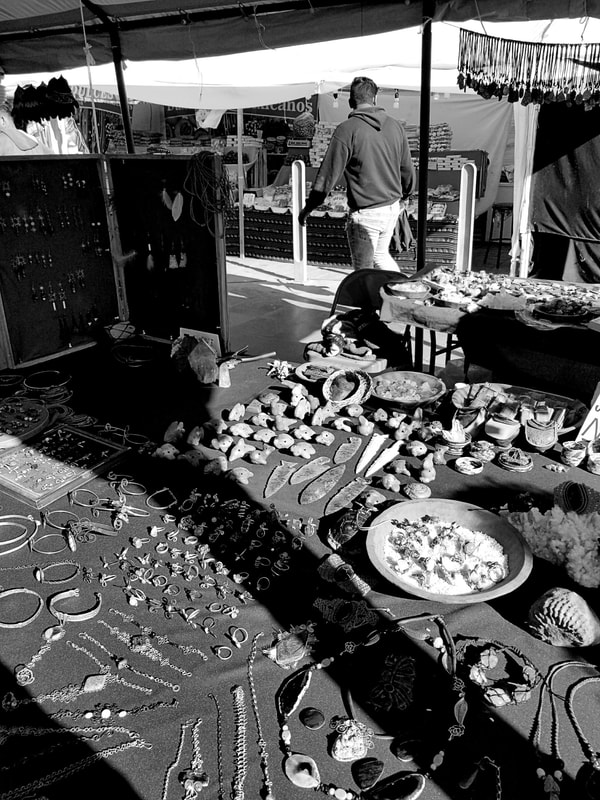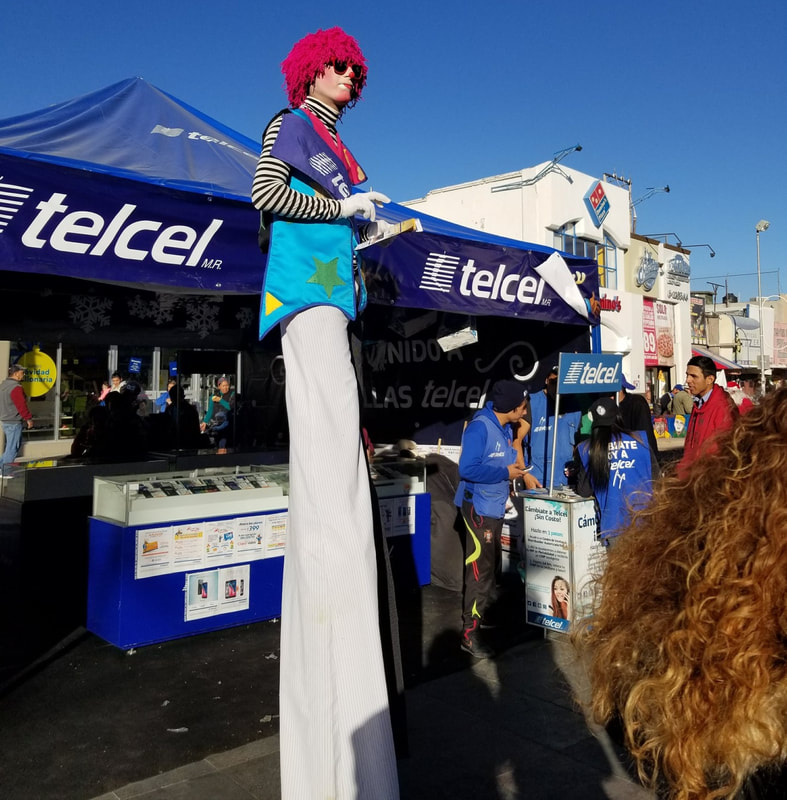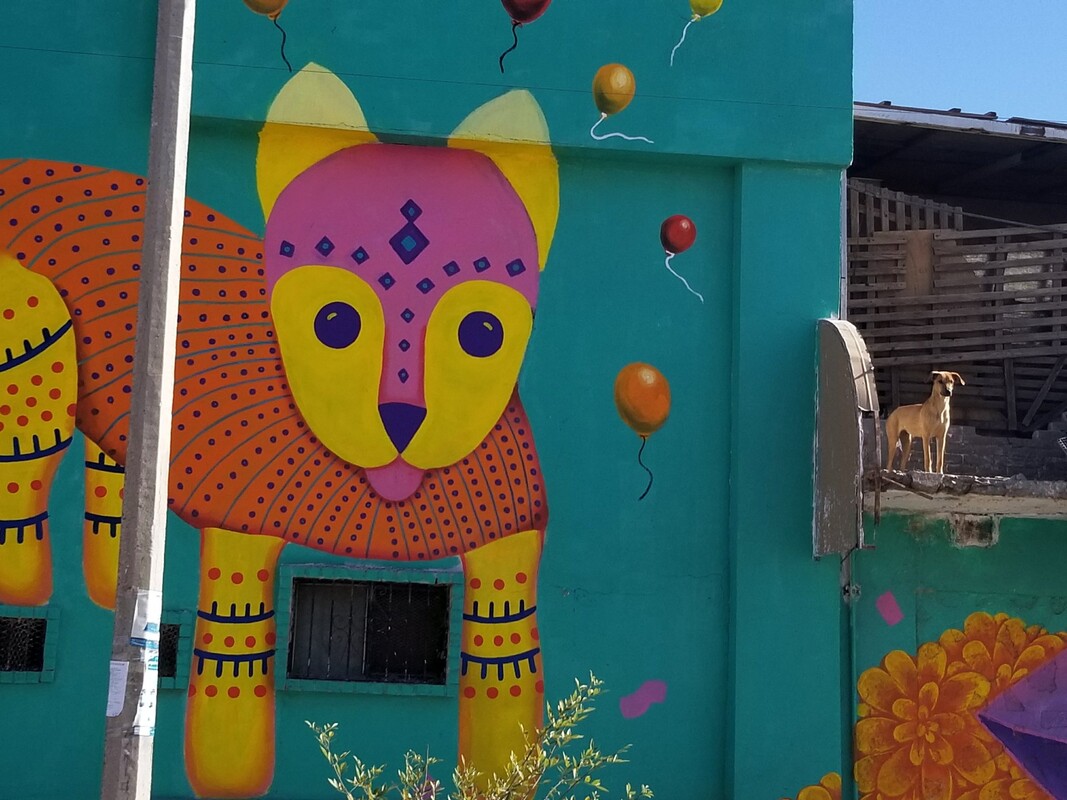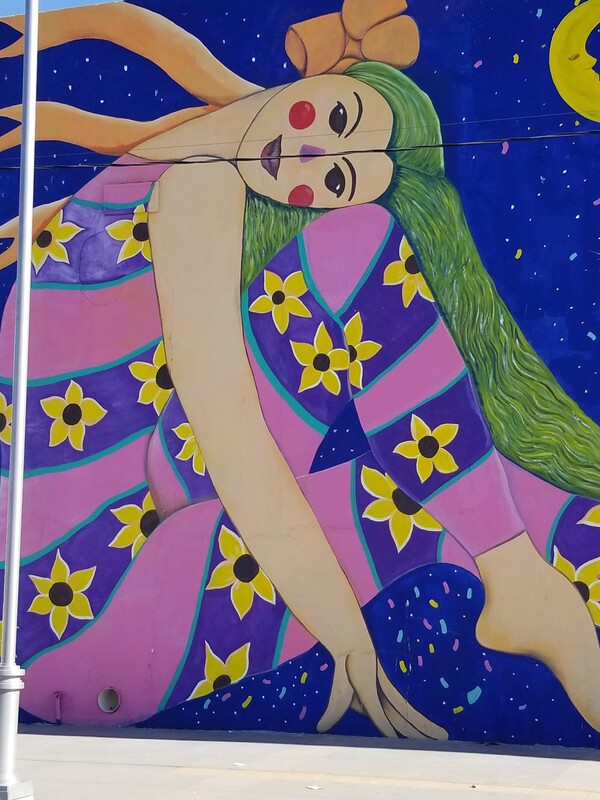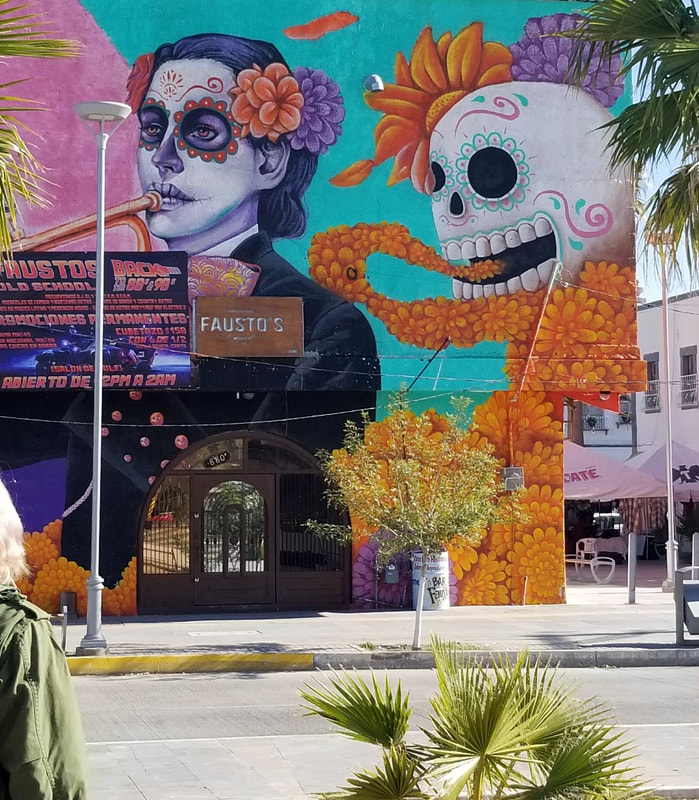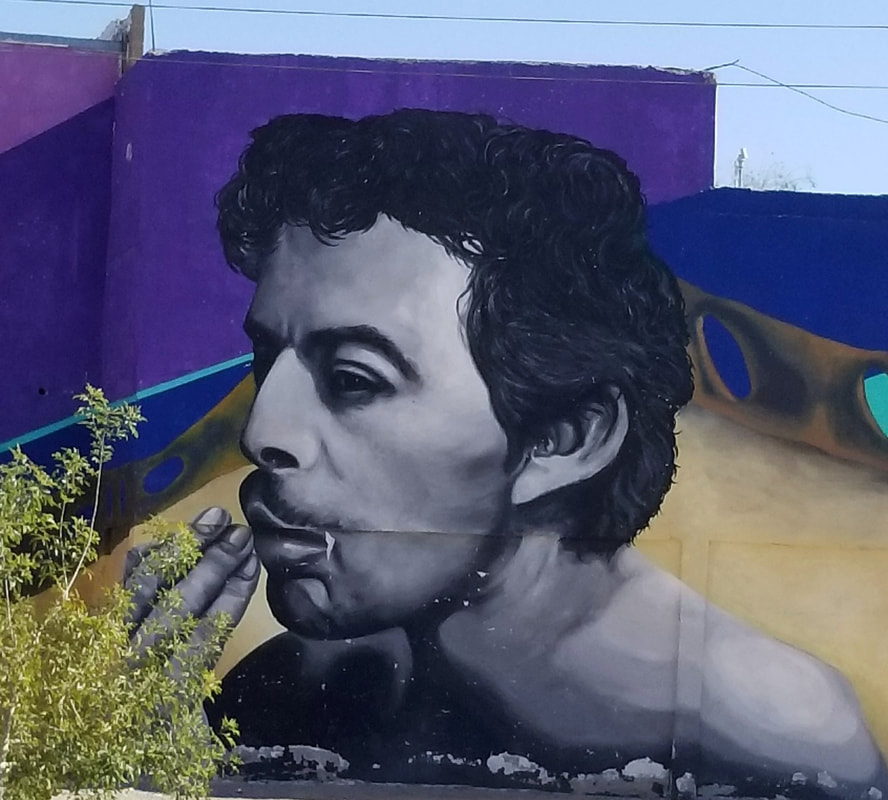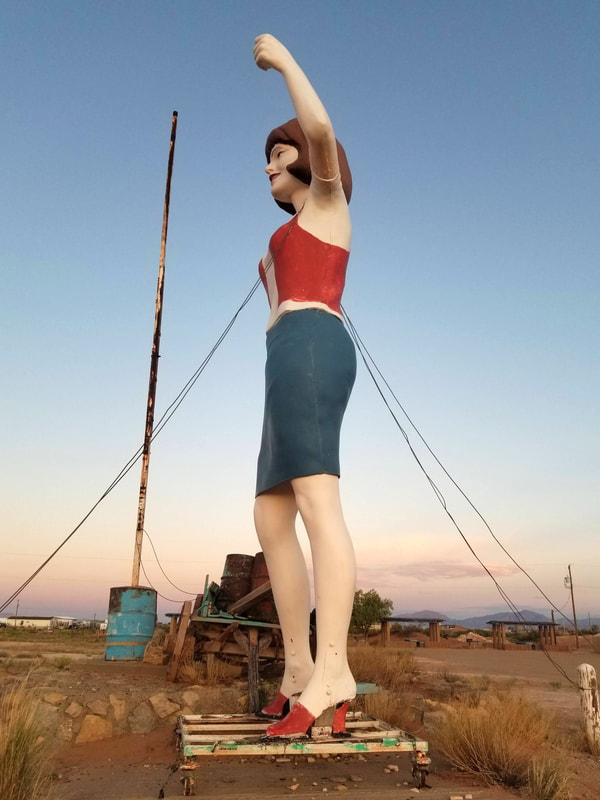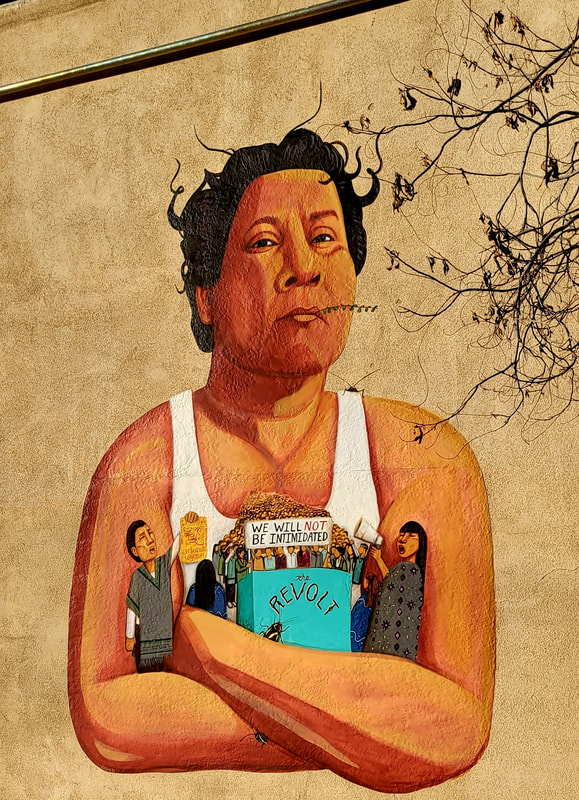|
On February 24, 2018, the El Paso County Historical Commission and the National Park Service unveiled a new historical marker honoring Estela Portillo Trambley. Part of the Texas Historic Commission's Untold Stories, the marker commemorates Estela in a place that debuted many of her original plays, the Chamizal National Memorial. I was honored to say a few words about her and even more honored to say what she meant to me in the presence of her familia, Tracey A. Trambley and Bethany Trambley. I share them with you here and encourage you to read the work of this remarkable Chicana writer and maestra. Unveiling the marker at the Chamizal National Memorial. Photo by Lucia Martinez. In 1975, I was a sophomore at UTEP taking a Chicano literature course and spending a lot of time thinking about my identity and my place in the world. My professor, Dr. Teresa Melendez, assigned Day of the Swallows, a play that centers Josefa, a reclusive lesbian who lives in the traditional, patriarchal town of San Lorenzo. In later years, I read other works by maestra Portillo Trambley--Rain of Scorpions (1975), and Trini (1986). Trini explores the life of a young Tarahumara woman crossing the border from Chihuahua to the United States in the 1940s. Her work was ahead of its time as she wrote about indigeneity, single mothers, and the migration of women. Tracey Trambley, Estela's daughter, delivering an eloquent speech about her mother's writing and her love for people. To read a woman-centered Chicano play in the mid-1970s was revolutionary. In the midst of poems, novels, and short stories that told the stories of men and sometimes relegated women to one-dimensional stereotypes, Estella Portillo Trambley portrayed Mexicana women in all the complexity of our lives. I loved her work because I could see myself and my community in her words and her stories. For the first time, literature resonated with my experiences as a woman who carries the stories of generations of my family and as a fronteriza living in the beautiful and complex world of the border. Estella Portillo Trambley was the first in many ways. The first Chicana to write a book of short stories, she won the Quinto Sol Award for that book (Rain of Scorpions) in 1975. She was the first Chicana to write a musical. She founded the first Chicano theater company in El Paso and produced several original plays during her time as dramatist in residence at El Paso Community College in the mid-1970s. In 1995, she was named to the Presidential Chair in Creative Writing at the University of California, Davis. Era única, but she also represented us, the people of the border and our stories that replay themselves generation after generation. I searched for Estella in the historical records recently, looking for traces of her particular life as a fronteriza. I found her as a 4-year-old in the 1930 Federal Census, living with her mother Delfina and her father Frank. Delfina came to the US from Parral, Chihuahua in 1904 as a toddler and her father Frank migrated from Ciudad Chihuahua during the Mexican Revolution as a teenager in 1916. As the Great Depression began, they lived at 700 Park Street in El Segundo in a building long since demolished to make way for a housing project. By the late 1930s, the Portillo family had moved to what was once East El Paso to 3426 Pera Street, five blocks from my own family. While my family home was demolished to make way for US 54, the Portillo home remains. In 1943, her father Frank petitioned for citizenship followed by her mother in 1952. Delfina’s petition for naturalization reveals that she arrived in El Paso by train, that Estella was her first-born, and that she desired to keep her name Delfina Fierro Portillo. Estela’s family story mirrored my own family in so many ways: The migration from Chihuahua across the border to El Paso; Putting down roots in El Paso’s historic southside barrios; Taking the lifechanging step of becoming a US citizen. During an interview, she said, “When I was a child, poverty was a common suffering for everybody around me. A common suffering is a richness in itself.” It is that sense of the common experience, the reality of the border, that grounds her work. But it is also the sense of magic, beauty, and hope that uplifts us as readers. Photo by Lucia Martinez. The Chamizal is an ideal place for her historical marker. Several of her plays were produced here between 1974-77. In May 1977, the El Paso Herald Post reported on “Isabel and the Dancing Bear,” written by Estella for the EPCC Chicano Theater. The play featured a family who lived on Pera Street who maintained their illusions about life despite its hardships. Estella Portillo Trambley was an educator at heart, whether sharing her insights through her writing or as a teacher in the public schools, EPCC, or universities. I never met her yet I learned so much about myself from her. Rooted in her experiences en la frontera, Estella Portillo Trambley’s work also transcends the border. Her work is both fronteriza and universal as she writes about struggles and hopes, dreams and disillusionment. I am very pleased to be here with her family today to honor her. Estela Portillo Trambley carried our border stories and we are blessed to have her work still with us. Left to right: Tracey Trambley, Bethany Trambley, and the two sisters with the new marker. Photos by Lucia Martinez.
1 Comment
Tony Procell
6/21/2022 06:25:56 pm
Hello,
Reply
Leave a Reply. |
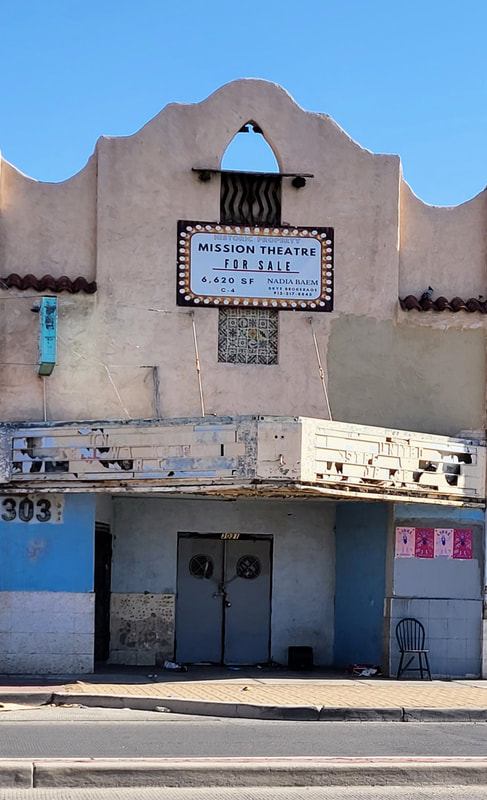
My father used to tell me about sneaking into this theater to watch movies as a kid in the 1910s. It showed Spanish language films. In the 1940s, it was transformed into a "whites only" theater but that didn't last long. By the 1950s, it was headquarters to the Mine, Mill, and Smelter Workers Union, a radical labor organization. Before it closed, it housed the Mine and Mill Bar.
Segundo Barrio
Father Rahm Street
July 2022
La Virgensita en la frontera
Cd Juarez downtown
December 2017
La Mariscal, Ciudad Juarez, 2017
Montana Vista 2019
El Centro July 2022
